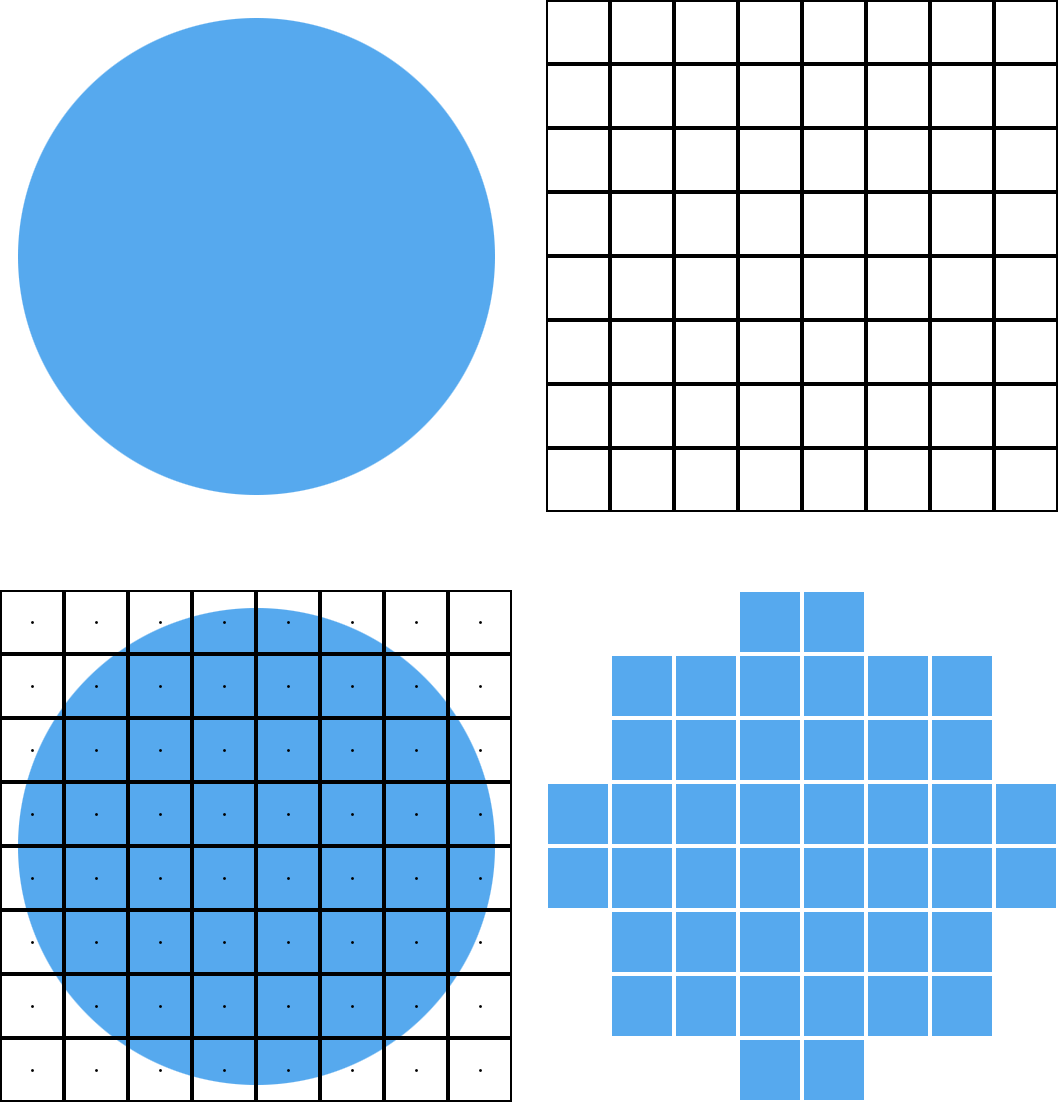
With -pause you can specify a delay in which you can, for example, lower some windows. Running import without the -window option allows selecting a window or an arbitrary region interactively. Is harder to use when the correlation between quality and storage size is not clear.Īn easy way to take a screenshot of your current system is using the import(1) command: $ convert image.jpg -quality 85% image_small.jpg Hopefully, this will shorten the transmission time. $ convert image.jpg -define jpeg:extent=3000KB image_small.jpg To achieve reasonable quality for a given storage size: $ magick frame_red.gif -gravity South -chop 0x10 chop_bottom.gif Which is easier as less numbers, or trial and error, is involved. One can also -chop to cut of a single edge from an image, using gravity to select that edge. Where WIDTH and HEIGHT is the cropped output image size, and X and Y is the offset from the input image size. $ mogrify -crop WIDTHx HEIGHT+ X+ Y -format jpg *.png To crop part of multiple images and convert them to another format:
$ convert -append input.pngs output.png Crop, chop The basic usage of this facility is to specify the existing, and desired, image formats as the filename extension. Opposite operations can be performed by using a plus instead of a minus.

To resize a photo called PXL_20210413_015045733.jpg to a more manageable 500-pixel width, type this: $ convert PXL_20210413_015045733.jpg -resize 500x sleeping-cats.Note: The sign before an option is important. The ImageMagick convert command uses this general syntax: convert ImageMagick is a full suite of tools, one of the most common is the convert command. I use the ImageMagick convert tool to change the size of my photo so that I can include it on my web page. The photo from my phone is very large, about 4000x3000 pixels, at 3.3MB. For example, let's say I want to include a photo of my cats on my personal website. I often use ImageMagick on my webserver to resize images.


 0 kommentar(er)
0 kommentar(er)
